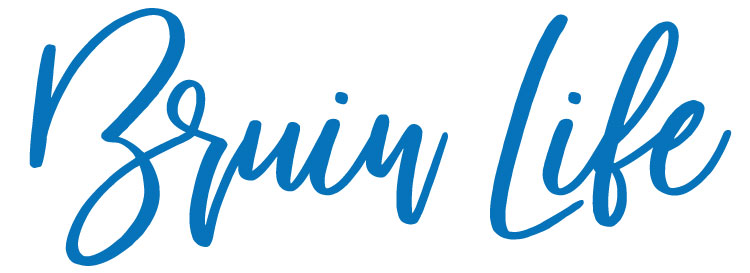Finding a way to be personal in an oftentimes brief statement can be tough. Luckily, the Peer Learning Facilitators at the Undergraduate Writing Center, or UWC, are there to help students make their personal statements more personal.
Lena Schorkopf, a fourth-year political science student with minors in environmental systems & society and German, has been working at the UWC for three years and has been a supervisor for the past two. While she may be nearing the end of her UCLA career, she still wants to help students prepare for their future by teaching them how to write personal statements.
Schorkopf suggests that when developing a personal statement, it is important to focus on a specific theme or attribute the writer wishes to explore.
“If you have something that you haven’t been able to include in a resume format, you can bring that in,” Schorkopf said. “You become a person rather than just one of the thousands of pieces of paper or stats that the readers are getting.”
Schorkopf recommends starting the statement with a hook with a specific and detailed experience to draw the reader in. Using the example of applying to medical school, Schorkopf suggests staying away from general cliches like “my passion for medicine was ignited when I broke my leg.” The use of buzzwords like “passion” and detailing generic experience without expanding on them further does nothing to inform the reader about their specific interests. Schorkopf said that when setting up a personal statement, it is important to bring the reader into the moment with as much detail as possible.
To end the first paragraph, Schorkopf said to avoid the traditional “XYZ” statement of a standard five-paragraph essay. Instead, the end of the introductory paragraph is where the writer should bring in the main theme of their statement; this will act as their thesis. Schorkopf said that the main theme can be a specific aspect of the field the writer wishes to discuss, a specific skill they want to highlight or a personal experience or hardship they have overcome.
The body paragraphs are where writers would expand on an experience related to the main theme in detail. For this section, Schorkopf said it is important to emphasize quality over quantity of the experience.
“Something I see a lot is people will make very sweeping statements like ‘I had severe mental health issues, but then I worked through it,’” said Schorkopf. “Walk me through what specifically you did to work through that because that tells me more about your life and the way you do things.”
Another common pitfall is the writer not explaining the importance of their experience. When writing the body paragraph, it is crucial for the reader to explain what they gained from the experience and how it helped them grow as people. Schorkopf said that a good body paragraph is one where the writer has themselves involved in the action. Sentences where the writer is not involved in what is happening not only waste space in a personal statement’s limited word count but also tell the reader nothing about the writer.
“If you were just saying … last year there was a project run by professor so-and-so that studied water contamination, that whole sentence doesn’t even tell me that you were a part of that,” said Schorkopf. “(Switch) it around to say, ‘Last year, I (was) in this project run by this professor.’”
A conclusion should tell the reader what the writer plans to bring to their institution and how the experience they have talked about makes them uniquely qualified, said Schorkopf. Schorkopf said it is important for the writer to state their goals if they were to be accepted into the readers’ institution.
“(Specify) how everything you’ve talked about makes you interesting and unique,” Schorkopf said. “And looking to the future, how (do) you plan to bring that to whatever … you’re applying to.”
For more help on how to write personal statements, click here for UWC’s handouts and resources. To book an in-person or Zoom appointment with the UWC, click here.
—
Featured Image via Adobe Stock

